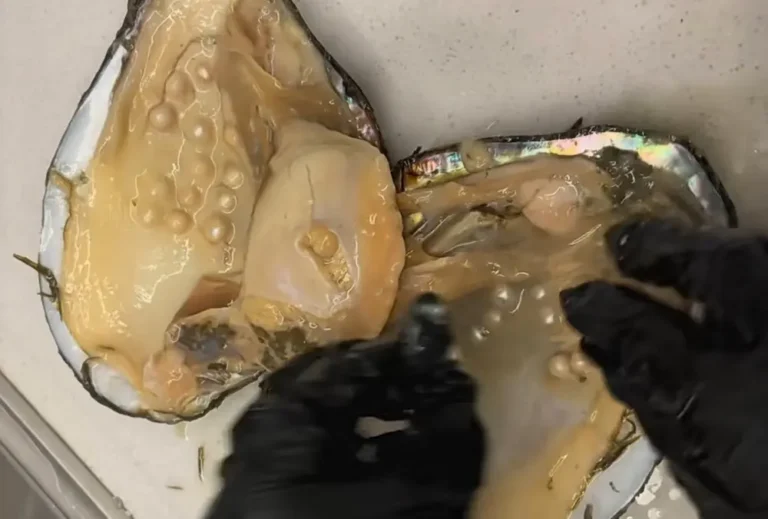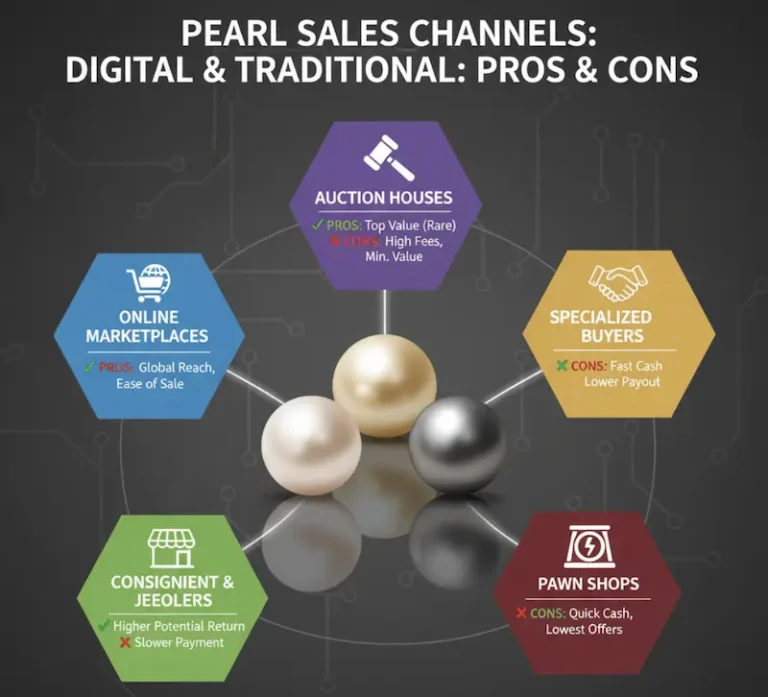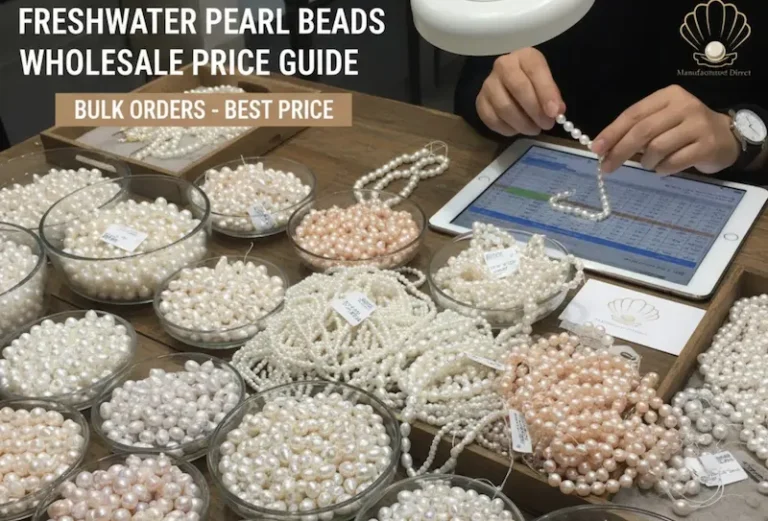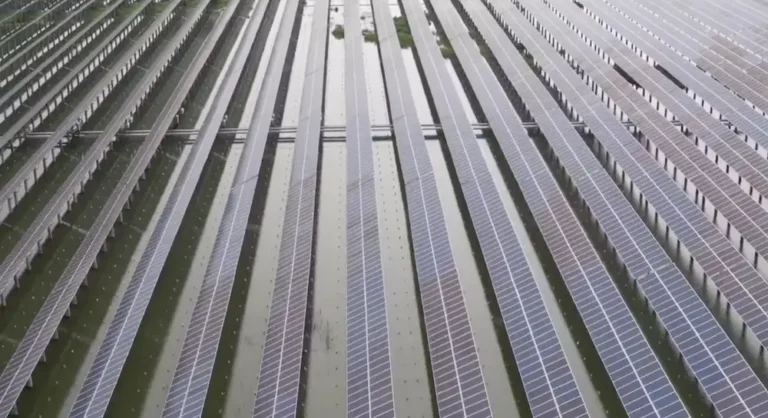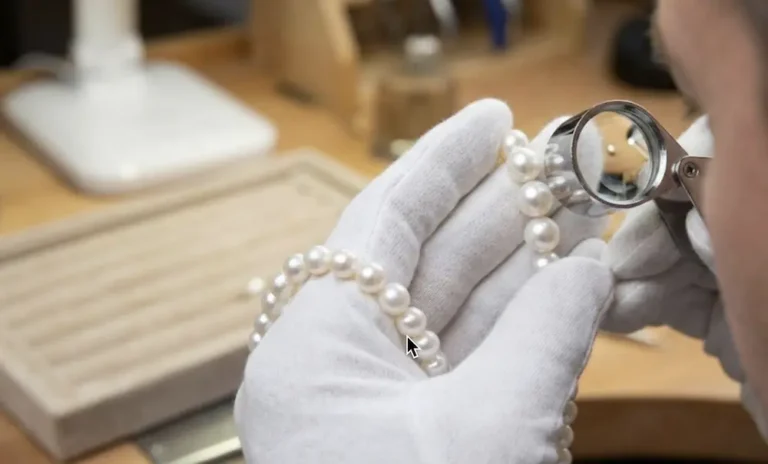Understanding what are cultured freshwater pearls begins with recognizing these gems as nature’s most accessible luxury. Cultured freshwater pearls are pearls that are farmed and created using freshwater mussels. These pearls used to be produced in Japan and the United States, but now they’re almost entirely made in China. Production in those other countries is pretty small these days. Unlike their saltwater counterparts, cultured freshwater pearls offer exceptional value while maintaining stunning beauty and remarkable quality.
what does cultured pearl mean? A cultured pearl is a real pearl that people help make. Instead of waiting for it to happen by accident in the ocean, a tiny bead or piece of shell is put inside an oyster. The oyster then covers it with shiny layers, making a pearl.
The Science Behind Cultured Freshwater Pearl Formation
What are cultured freshwater pearls formation exactly? A cultured pearl results from the process by which a pearl farmer induces pearl formation by inserting an irritant into the mollusk and then “cultivating” the pearl. Cultured pearls are real pearls that were not formed by accident of nature. The cultivation process involves careful human intervention to ensure consistent quality and production.
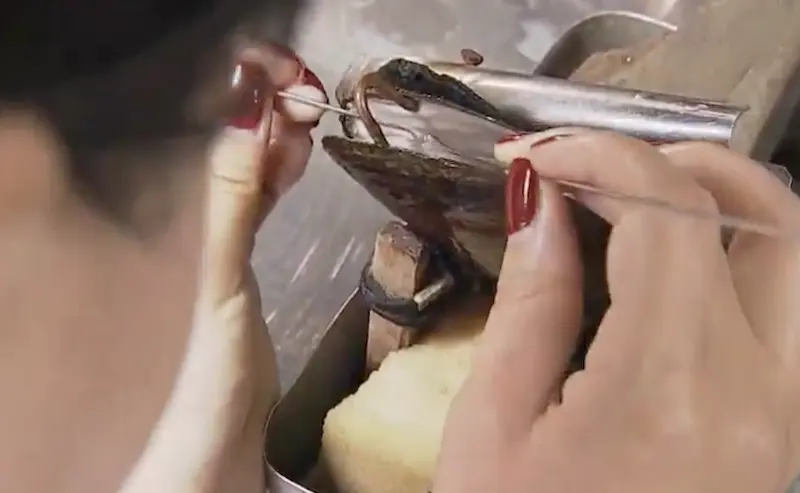
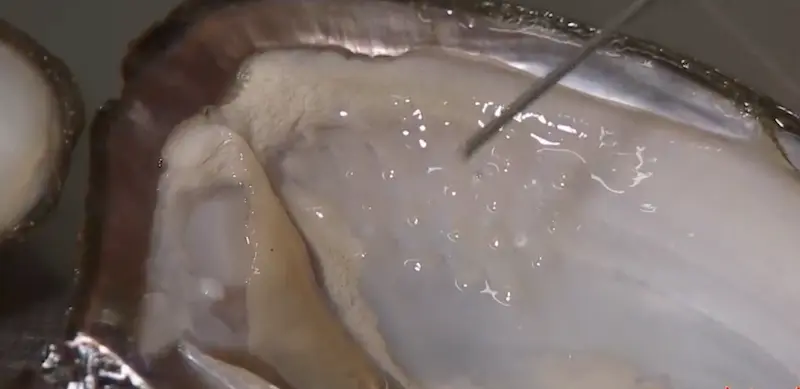
In freshwater pearl culture, each mussel is expertly implanted with between 24 and 32 tiny encapsulated tissues, a process called nucleation. Basically, when they insert that little piece of tissue, it creates a little pouch. Then, the cells in that pouch start coating it with nacre, which is that shimmery stuff that makes up a pearl. This clever method lets pearl farmers get several pearls from just one mussel. That’s why cultured freshwater pearls are easier to find and cost less compared to saltwater pearls.
The Nucleation Process
The nucleation process represents the cornerstone of understanding what are cultured freshwater pearls production. Professional pearl cultivators carefully select healthy freshwater mussels and perform precise surgical procedures to implant tissue grafts. These grafts stimulate the mussel’s natural defense mechanism, causing it to coat the irritant with layers of nacre over time.
| Nucleation Stage | Duration | Process Description |
|---|---|---|
| Initial Implantation | 1-2 hours | Tissue grafts inserted into mussel |
| Recovery Period | 2-4 weeks | Mussel adapts to foreign tissue |
| Nacre Formation | 6-24 months | Continuous layering of nacre |
| Harvest | 1 day | Careful extraction of mature pearls |
Facts of Cultured Freshwater Pearls
When you’re trying to figure out how good a cultured freshwater pearl is, there are a few important things that set them apart from other kinds of pearls. Freshwater cultured pearls are the most commonly produced pearls and they are one of the most popular pearl types among shoppers and jewelry designers. Their unique properties make them ideal for various jewelry applications and style preferences.
Fact 1: Shape Variations
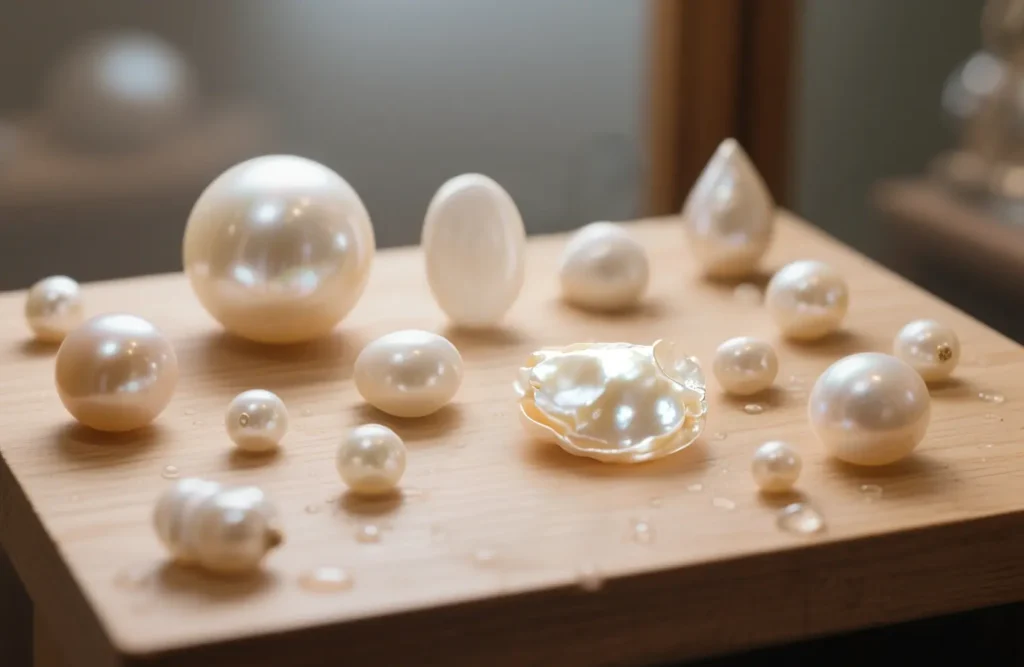
While they characteristically range in shape from very baroque to near-round, the fine freshwater pearls we offer at Pearl Paradise are the roundest grown today – nearly indistinguishable from akoya in their shape. The diverse shapes available include:
- Round Pearls: Perfect spheres commanding premium prices
- Near-Round Pearls: Slightly irregular but highly lustrous
- Baroque Pearls: Uniquely shaped, offering artistic appeal
- Button Pearls: Flattened spheres ideal for earrings
Fact 2: Color Spectrum
Understanding what are cultured freshwater pearls coloration reveals an impressive natural palette. These pearls naturally occur in white, cream, pink, peach, lavender, and silver tones. The color variations result from different mussel species and environmental conditions during cultivation.
| Color Category | Natural Tones | Market Popularity |
|---|---|---|
| Classic White | Pure white, cream | High demand |
| Pink Overtones | Rose, champagne | Very popular |
| Exotic Colors | Lavender, peacock | Growing trend |
Fact 3: Quality Grading System for Cultured Freshwater Pearls
When you look into the colors of cultured freshwater pearls, you’ll find they come in a really amazing range of natural shades. These pearls naturally occur in white, cream, pink, peach, lavender, and silver tones. The color variations result from different mussel species and environmental conditions during cultivation.
Fact 4: Surface Quality Assessment
Comprehending what are cultured freshwater pearls grading helps buyers make informed decisions. Freshwater pearls value is determined using a pearl grading system using the following categories: Luster, Size, Shape, Color, Surface and Nacre Quality. Professional graders evaluate each characteristic independently before assigning overall quality ratings.
- AAAA Grade: Excellent surface, no defects
- AAAA Grade: Exceptional surface with minimal blemishing
- AAA Grade: High quality with slight imperfections
- AA Grade: Good quality with moderate surface variations
- A Grade: Commercial quality with visible flaws
Fact 5: Production and Origin of Cultured Freshwater Pearls
Learning what is cultured freshwater pearl production reveals a fascinating agricultural process. First cultivated in Japan, the emergence of China and it’s enormous production of freshwater cultured pearls has changed the pearl trade in the past decades. These days, cultured freshwater pearls are produced in a number of different countries. Basically, every country that farms these pearls has its own way of doing things, which ends up giving the pearls they produce a slightly different vibe and look.
Fact 6: Geographic Distribution
- China: Dominates global production with over 95% market share
- United States: Limited artisanal production focusing on premium quality
- Japan: Historical cultivation techniques with modern innovations
Fact 7: saltwater vs freshwater pearls
Unlike saltwater pearls (such as South Sea Pearls or Tahitian Pearls) which grow in saltwater oysters, Freshwater cultured pearls originate from the nacre of freshwater mussels on freshwater pearl farms. Producing a harvest of up to 50 pearls at a time, these organic hosts create pearls up to impressive sizes and quantities.
Farming Techniques
Pearl farming these days is a mix of the old and the new. Farmers still use some of the traditional techniques, but they’ve also brought in science to help. They keep a close eye on the water to make sure it’s just right, they check on the mussels to make sure they’re healthy, and they’re trying to farm in a way that doesn’t harm the environment. This helps them produce high-quality pearls, time after time. The integration of wholesale pearls distribution networks enables global accessibility to these natural treasures.
| Production Method | Yield per Mussel | Quality Range |
|---|---|---|
| Traditional Farming | 20-30 pearls | Variable quality |
| Modern Techniques | 30-50 pearls | Consistent grading |
| Premium Cultivation | 15-25 pearls | Superior quality |
Cultured vs Natural Freshwater Pearls
Understanding what is cultured freshwater pearl versus natural pearl distinction affects purchasing decisions significantly. With the exception of a small amount of pearl diving in Bahrain most natural pearls will be antiques with price tags reaching six figures on occasion. Freshwater pearls refer to pearls grown in non-saline environments, while cultured pearls describe pearls created through human intervention.
Market Availability
Most pearls sold today are cultured. The reason we farm pearls is simple: natural pearls are super rare, and we can reliably get good quality pearls by farming them. Cultured freshwater pearls are perfect if you’re after something gorgeous and durable that won’t cost you a fortune. They bring a bit of luxury into your life without emptying your wallet. They make a little bit of luxury something that’s actually affordable.
Investment Value
Because more people want them and they aren’t making tons of them, cultured freshwater pearls can be a really smart investment. Especially the really high-quality pearl strands – those can actually become more valuable as time goes on.
Caring for Your Cultured Freshwater Pearls
Taking good care of your cultured freshwater pearls will help them stay beautiful for years to come. Because they’re natural, they need a little special attention to keep them from getting damaged and to keep them looking their best.
Daily Care Practices
- Gentle Cleaning: Use soft, damp cloth after wearing
- Proper Storage: Individual compartments prevent scratching
- Chemical Avoidance: Keep away from perfumes and harsh chemicals
- Professional Maintenance: Annual inspection and restringing
Long-term Preservation
Jewelers who know their stuff suggest certain ways to store and handle pearls to help them last as long as possible. Knowing how to care for cultured freshwater pearls not only keeps them looking great but also protects their value, both financially and sentimentally.
Market Trends and Future Outlook
The cultured freshwater pearl industry continues evolving with changing consumer preferences and technological advancement. Current trends indicate growing appreciation for natural colors, unique shapes, and sustainable production methods.
Consumer Preferences
These days, people buying pearls care more about them being real, made in a sustainable way, and each having its own unique look, rather than them all looking exactly the same. This is great for cultured freshwater pearls because they naturally have their own little personalities and charm.
Technological Innovation
The way pearls are grown is getting more advanced, so the pearls are better quality and more similar in shape and size. Also, research into the mussels and how to make their environment perfect means we can look forward to even better pearls in the future!
If you want really reliable info on how pearls are grown and graded, the Gemological Institute of America (GIA) is the place to go. They have tons of educational resources for everyone, whether you’re just curious or you work in the pearl business.
FAQs
Is a freshwater cultured pearl a real pearl?
Yes—it’s grown inside a real mussel, just with a helping human hand.
Are cultured pearls worth anything?
Definitely; even cultured ones can run from $50 to thousands depending on luster and roundness.
Which is better cultured pearls or freshwater pearls?
Freshwater pearls are cultured; if you mean Akoya vs. freshwater, Akoya is usually shinier and pricier.
Why are freshwater pearls so cheap?
Mussels grow them fast and by the dozen, so supply stays high and prices stay gentle.
Conclusion
Basically, understanding what is cultured freshwater pearl means appreciating how they’re uniquely made, what makes them special, and why they’re such a great value. Because of the way they’re grown so carefully and all the awesome ways they’re used in jewelry now, these pearls are a perfect example of how beautiful, natural gems can also be affordable, thanks to human innovation.
Whether selecting your first pearl jewelry or expanding an existing collection, cultured freshwater pearls offer unmatched versatility, beauty, and value. Their sustainable production methods, diverse color palette, and improving quality standards position them as the preferred choice for contemporary pearl enthusiasts.

